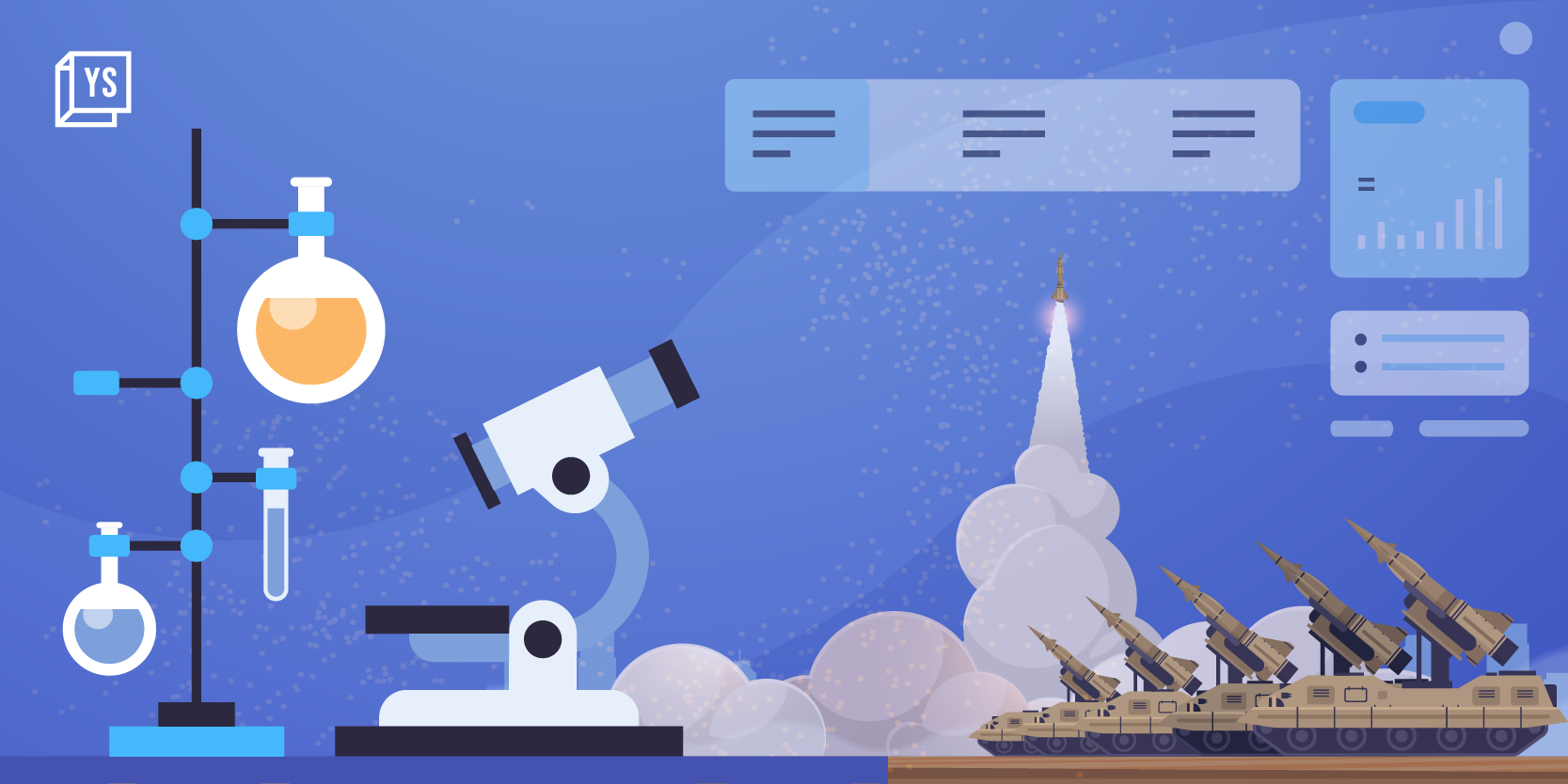
For decades, India has been heavily reliant on imports to meet its defence equipment needs, making it the world’s largest defence importer.
However, the country is now on a path towards self-reliance in the aerospace and defence sectors, and collaborations between academia, startups, and the private sector play a crucial role in developing indigenous capabilities through joint research and development (R&D) efforts.
Developing complex defence systems is a capital and time-intensive process, and collaboration allows the sharing of resources and expertise, leading to faster and more cost-effective development. It can strengthen India’s manufacturing base and create job opportunities.
Partnerships between academia and industry often take time to bear fruit, but such collaborations have the potential to transform the country into a major global exporter of defence equipment.
The development of the Light Combat Aircraft (LCA) Tejas is a prominent example of a successful collaboration between academia and industry in India’s aerospace and defence sector.
The Hindustan Aeronautics Limited (HAL) and the Defence Research and Development Organisation (DRDO) collaborated with the Indian Institute of Technology (IIT), which designed and developed critical flight control systems, avionics, and materials for the LCA. HAL took the responsibility of manufacturing the aircraft.
Such collaborations exemplify the potential of academia-corporate partnerships to strengthen India’s aerospace and defence capabilities. The project successfully translated theoretical knowledge into a tangible and powerful defence product, demonstrating the value of such collaborations in advancing the country’s strategic interests.
.thumbnailWrapper{
width:6.62rem !important;
}
.alsoReadTitleImage{
min-width: 81px !important;
min-height: 81px !important;
}
.alsoReadMainTitleText{
font-size: 14px !important;
line-height: 20px !important;
}
.alsoReadHeadText{
font-size: 24px !important;
line-height: 20px !important;
}
}

Nurturing a collaborative spirit
By 2030, the Indian aerospace and defence market is estimated to reach around $70 billion. This jump is a result of the government’s strong push to cultivate a robust A&D ecosystem in India, aided by cutting-edge technological advancements and a strong advocacy for indigenous production.
Aligned with the government’s overarching objective to achieve self-reliance, efforts are underway to encourage foreign collaboration with domestic defence companies.
These partnerships aim to facilitate technology transfer and the development of an indigenous manufacturing infrastructure supported by a comprehensive research and development framework.
Recognising the pivotal role of startups in this endeavour, the government launched the Innovations for Defence Excellence (iDEX) framework in 2018 to nurture a vibrant ecosystem for defence innovation by fostering collaboration between the defence establishment, academia, and the private sector.
Events such as the Defence and Aerospace Innovation Summit further catalyse networking and showcase groundbreaking technologies, facilitating the exchange of ideas and fostering partnerships.
The iDEX framework has already made significant strides, awarding and mentoring 60 startups through initiatives like the Defence India Startup Challenge (DISC).
Some of these startups are actively contributing to the advancement of unmanned aerial vehicles, demonstrating the potential of academia-industry collaborations in driving innovation and enhancing India’s aerospace and defence capabilities.
.thumbnailWrapper{
width:6.62rem !important;
}
.alsoReadTitleImage{
min-width: 81px !important;
min-height: 81px !important;
}
.alsoReadMainTitleText{
font-size: 14px !important;
line-height: 20px !important;
}
.alsoReadHeadText{
font-size: 24px !important;
line-height: 20px !important;
}
}

Finding synergy
A crucial aspect of this collaboration is aligning academic curricula and research with the evolving needs of the industry. Proactive efforts are required from both sides to achieve this alignment.
Academic institutions should establish advisory boards with industry representatives to provide regular feedback on curriculum content, skill gaps, and emerging technologies.
Conducting surveys among aerospace and defence companies can help identify their specific skill requirements and preferred candidate profiles, enabling universities to tailor their programmes accordingly.
Also, the relevance of academic offerings can be enhanced by introducing courses aligned to industry needs, including design for manufacturability, project management in aerospace, and cybersecurity for defence systems.
Encouraging joint research projects between academia and industry can be mutually beneficial. These projects allow students to work on industry-relevant problems, while companies can leverage the expertise and resources of academic institutions.
Government or industry funding for research projects focused on solving industry-identified challenges can further catalyse such collaborations. The partnership between IIT Kanpur and HAL focuses on developing advanced composite materials for aircraft structures, a critical area for weight reduction, and fuel efficiency.
Another example is the collaboration between IISc Bangalore and Bharat Electronics Limited (BEL), which aim to develop next-generation radar technologies for enhanced defence capabilities.
Facilitating student internships within aerospace and defence companies provides practical experience and allows students to contribute to ongoing research projects.
The combined expertise of academia and industry leads to faster development and implementation of new technologies, ultimately strengthening our capabilities. Over the last three years, industry-academia partnerships have birthed about 100 cutting-edge technologies.
Despite strides in A&D collaboration, academia-industry gaps like complex IP hurdles and a lack of funding for joint research projects persist. Sustained investments and policy changes are crucial to bridge these gaps and unlock India’s A&D potential.
Government, industry, and academia need to continue investing and expanding cooperation to meet the many challenges ahead to improve lives and help keep India safe.
Edited by Suman Singh
(Disclaimer: The views and opinions expressed in this article are those of the author and do not necessarily reflect the views of YourStory.)










